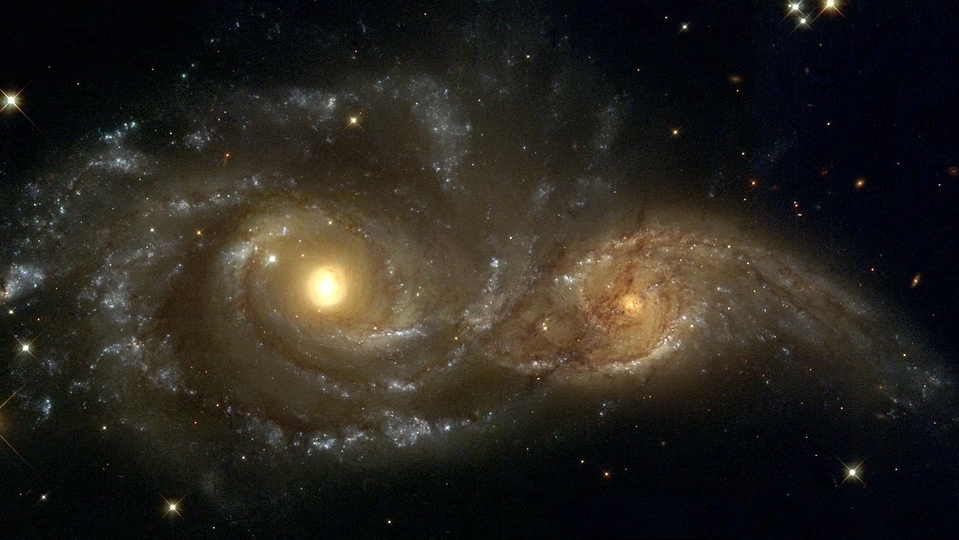James Webb Telescope reveals supermassive black holes rarer in early universe than expected
NASA’s James Webb Space Telescope data reveals supermassive black holes present in deep space are less in number than anticipated.

Ever since NASA launched the James Webb Space Telescope, it has contributed to a number of new discoveries such as finding ancient galaxies, black holes, deep space phenomena, and more. Now, the James Webb telescope data has contradicted the theory of the presence of supermassive black holes. Webb Telescope shows that they are rarer in numbers in the early universe than NASA expected. Check what the researchers found.
Findings on black holes
According to research published in The Astrophysical Journal, scientists found slowly growing supermassive black holes. This discovery was made with the help of Webb Space Telescope's Mid-Infrared Instrument (MIRI). Allison Kirkpatrick, an astronomer at the University of Kansas and the study's lead author of the research said, “As it turns out, these black holes are likely growing at a slower pace than previously believed, which is intriguing, considering the galaxies I examined resemble our Milky Way from the past.” He also added that research also enabled them to study bright galaxies.
The study tool was placed in the portion of space called the Extended Groth Strip, positioned between the Ursa Major and Boötes constellations near the Big Dipper. Supermassive black holes are like giants in space. They weigh hundreds of thousands to billions of times more than our Sun and have strong gravitational fields. They can be found in the centres of galaxies where they pull in some of the materials and then spit some of it out. However, these black holes do not grow at a rapid rate and absorb very less space materials, but they are very bright compared to other massive black holes. Additionally, they do not have a severe impact on their host galaxy as they are less in number.
This discovery broadens our understanding of such massive black holes and how they have an impact on the biggest galaxies. With Webb's telescope, scientists will be able to unravel more mysteries of black holes and active galactic nuclei, or AGN. Earlier, it was found that these supermassive black holes are growing rapidly but now with more study, the scientists have discovered new information.
According to a Space.com report. the University of Kansas research has been given more time with the JWST to expand knowledge on black holes and the future study aims to examine about 5,000 early galaxies.
Catch all the Latest Tech News, Mobile News, Laptop News, Gaming news, Wearables News , How To News, also keep up with us on Whatsapp channel,Twitter, Facebook, Google News, and Instagram. For our latest videos, subscribe to our YouTube channel.


























